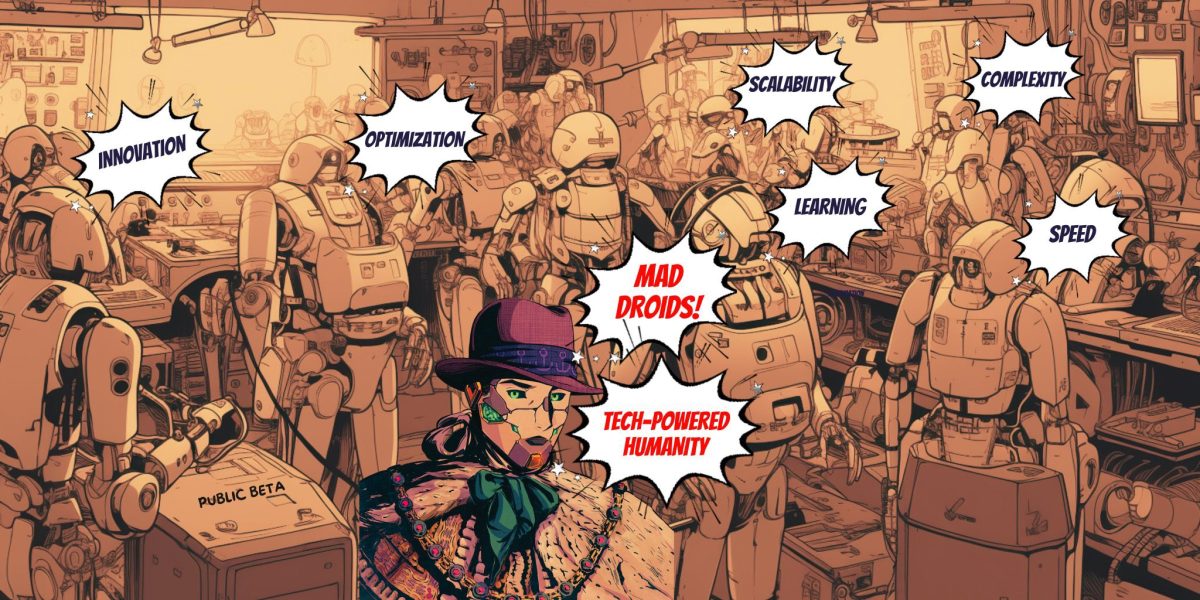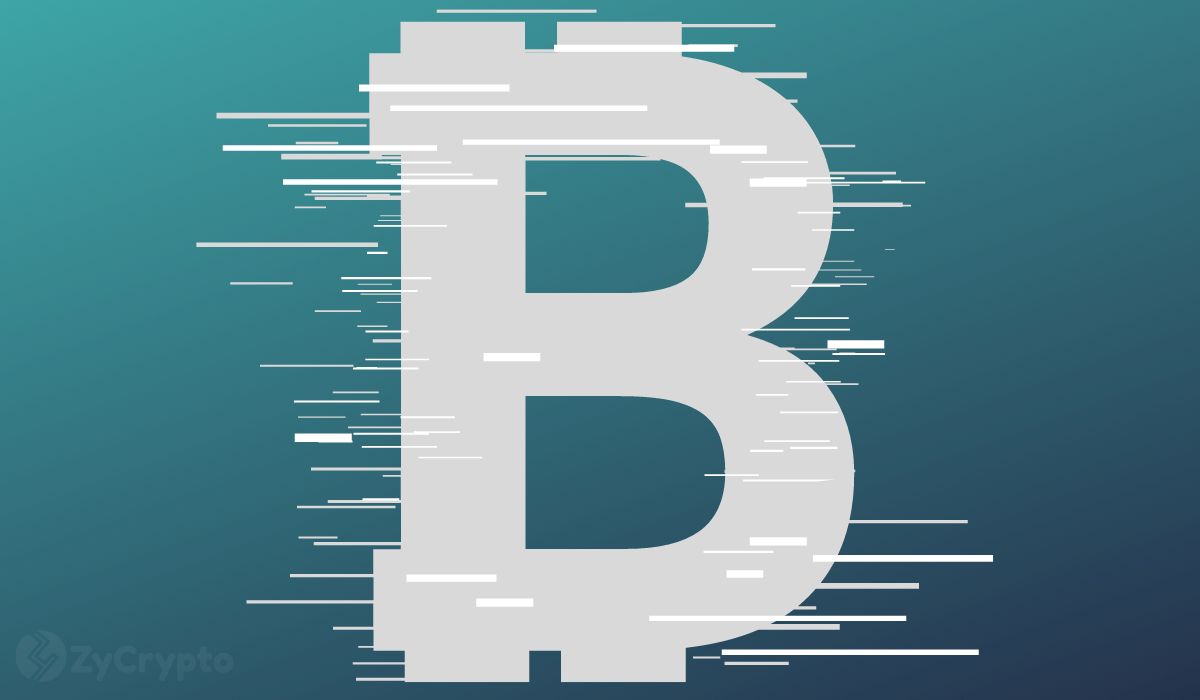Bitcoin at $28.6K Remains Untouched by Binance Temporary Withdrawal Pause

Good morning. Here’s what happens:
Prices: Bitcoin and ether fell slightly on Sunday, although there is potential for a market-wide rally and significant price movement, an analyst says. Meme coin craze has led to dramatic changes in market sentiment.
Insight: Challenges from network congestion due to the Ordinals wave are offset by increased mining incentives, network security, and available Layer-2 and sidechain solutions.
Bitcoin is having a dull weekend, despite Binance’s temporary withdrawal pause
Good morning Asia. As the East begins its trading week, bitcoin and ether were recently down a few fractions of a percentage point. Bitcoin fell 0.34% to $28,787, while Ether fell 0.4% to $1,913.
BitBull Capital CEO Joe DiPasquale points to meme coins as a reason for a pump in market sentiment, but fairly flat activity for the crypto majors.
“The market hasn’t moved strongly this week, but market sentiment has been on a roller coaster ride with meme coin mania at its peak,” DiPasquale wrote to CoinDesk in a note. “With PEPE and other meme coins posting high five-figure percentage gains, we wouldn’t be surprised if a market-wide rally materializes in the near term.”
DiPasquale notes that bitcoin still hasn’t tested support levels on the downside and Bollinger Bands continue to tighten. This means that the gap between the upper and lower bands is narrowing, indicating a decrease in market volatility. This usually suggests that a significant price move may be on the horizon, as periods of low volatility often precede larger market trends.
“Going forward, we would expect a strong rebuttal of $25K to continue another leg above $30K,” DiPasquale concluded.
Bitcoin maximalists find ordinals annoying, but they are a much-needed source of income for miners
For the uninitiated, Ordinal Inscriptions, akin to NFTs, are digital assets inscribed in satoshis (the smallest currency unit of bitcoin) enabled by the Taproot upgrade, enabling smart contracts and minting of NFTs directly on the Bitcoin blockchain.
In the long run, however, cash-strapped miners will greatly benefit from this newfound interest in the bitcoin blockchain.
According to data compiled by user dgtl_assets on Dune, regular entries now produce daily fees just north of $2.7 million, with total fees around $14 million.
In an April note, Grayscale argued that the increase in fees from ordinals is useful to stimulate mining and thereby secure the network.
“While some are critical of ordinals, warning of blockchain bloat or damaging fungibility, we believe that ordinals represent one of the bigger opportunities for Bitcoin adoption, especially as the Bitcoin network has historically been seen as a rigid blockchain ecosystem,” wrote Grayscale. “The arrival of ordinals has led to an increase in total fees paid to miners, potentially establishing a sustainable base level of transaction fees to incentivize miners.”
Grayscale and CoinDesk share the same parent company in Digital Currency Group.
When balancing network security against a new channel of mining incentives versus the annoyance of congestion, which wins? Probably the new incentive channel.
Realistically, this can do a lot to plug holes in miners’ balance sheets. Yes, bailouts could also be a solution, but that would centralize mining around stakeholders like Binance and Galaxy Digital.
And for those who complain, there are many solutions readily available, such as Layer-2s or sidechains such as Lightning Network or Liquid.
Bitcoiners should celebrate word of mouth and be happy that the market is signaling that they are here to stay.
The U.S. added 253,000 jobs in April, up from a downwardly revised 165,000 in March and ahead of economists’ forecasts for 180,000, according to a report from the Bureau of Labor Statistics. Separately, CoinDesk’s managing director of global content, Emily Parker, explained why central banks’ digital currencies could become an issue in the US presidential election. Mysten Labs CEO Evan Cheng and Chase White of Compass Point Research also joined the conversation.

























